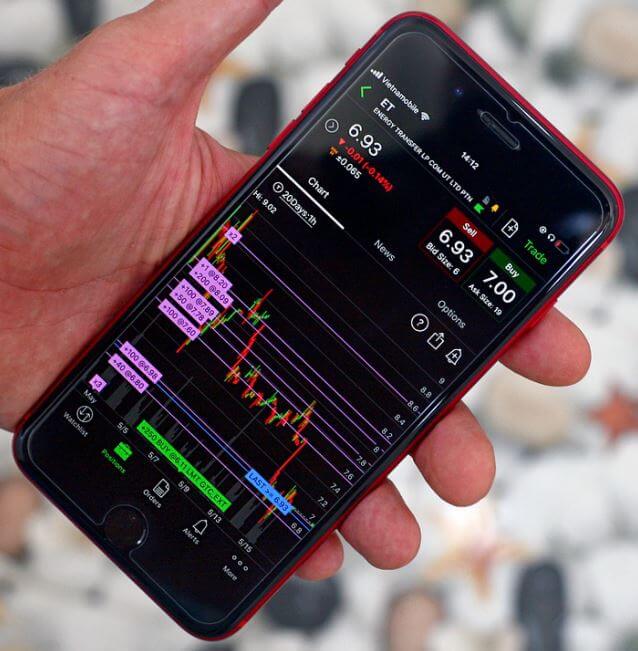In 1995, the total daily trading volume in the global foreign exchange market was only $1.2 trillion. It rose to $5.1 trillion by 2016, while the number reached $6.6 trillion by the end of 2020.
This increase was largely due to an increase in the number of part-time and retail traders who were empowered to enter the market during a sustained period of digitization.
But what steps can aspiring traders take to get started in the foreign exchange market? Here are some steps that will help you on your way!
What is Forex Trading?
Let’s start with the basics; whereas foreign exchange trading describes a global market in which investors buy, sell and trade international currency pairs as derivative assets.
This allows individuals to trade currencies without taking ownership of the underlying financial instrument, creating much more flexibility and allowing speculative trading that can provide a profit even in a declining economy.
Interestingly, the so-called “big” currency pairs (which account for about 68% of all daily transactions ) also offer extraordinary liquidity, while the market is also known for giving customers a swollen leverage effect.
In fact, you can access a leverage effect of up to 200: 1 even through reputable forex brokers, allowing you to open and control disproportionately large positions with a relatively small amount of cash.
How to Get Started in Forex Trading in South Africa
The question that remains is, of course, how do you get started successfully as a forex trader? Here are some steps to keep in mind:
- Research, research and more: Finally, knowledge is power in the global foreign exchange market, because understanding the industry and its unique fundamentals is essential if you want to trade successfully over time. Not only does this broad theoretical knowledge base inform you of trading strategies, but it also creates a much-needed sense of determinism that can protect against emotional trading and allow you to operate with a more logical mindset.
- Open a Demo Account: While it’s important to have a broad knowledge base, this means little if you can’t use it effectively. A so-called “demo account” can come into play here, as it allows you to trade in a simulated market in real time without risking hard earned money. You can usually access a demo account through an online web trading platform in three to six months, creating a crucial bridge between knowledge and understanding and hands-on trading experience.
- Start small and scale your efforts over time: When you start to really trade, it is important to start small and scale your efforts organically over time (usually in line with increased experience and profitability). In practical terms, this means starting with one or two highly liquid currency pairs, before diversifying into minor or exotic pairs, and finally creating a broad portfolio that includes a much wider selection of active.
Image Courtesy: Supplied
